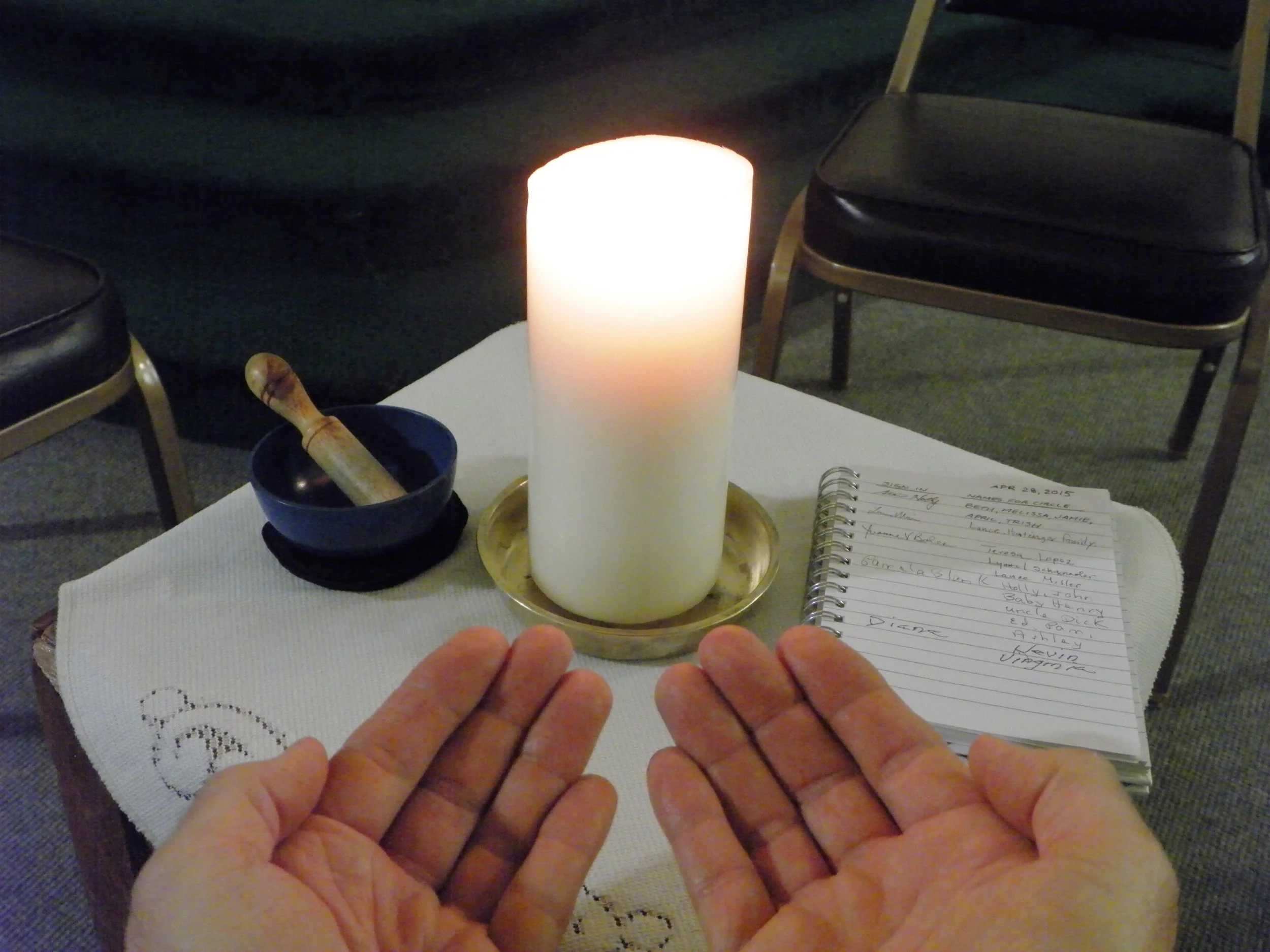Historical Ramblings: It's All About the Dirt
/For more than a century between the mid 1800’s and mid 1900’s the alluvial plane at the base of Mission Peak that drained Alameda and Mission Creeks was one of the richest farming areas in California. On the rich fertile land where olives, figs and palms were first planted by missionaries, John Horner harvested wheat and potatoes, A.O. Rix grew almonds and there were acres and acres of apricot and plum orchards. The Gallegos and Los Amigos wineries had extensive vineyards, the Gomes family grew tomatoes for Rancho Soup, the Irvington Packing Co. was kept busy in season canning pickles from locally grown cucumbers, the Driscoll Brothers began a strawberry empire in the rich soil and longest growing season in the country, and George Roeding established the California Nursery Company, at its peak the largest ornamental nursery west of the Mississippi.
When the old fish hatchery at Yosemite’s Happy Isles was demolished and replaced with a Nature Center a large window was installed facing an enclosed native flower garden, pond and collection of established trees. Inspired to replicate the tranquil scene with our own “Little Yosemite” front yard we built a fenced enclosure blocking the view of the street and neighboring homes. One of our first planting was spindly three-foot-tall Coast Redwood (Sequoia sempervirens) native to the foggy canyons along the Northern California Coast, not Fremont’s hot and dry summers. Planted in the rich soil a few feet in front of our living room window forty years ago, the three-foot-tall tree with a two-inch diameter has grown to more than sixty feet in height with a circumference of nearly ten feet.
Unlike it’s slow growing Giant Sequoia cousins (Sequoiadendron giganteum) of the Sierra Nevada range that take thousands of years to reach their towering heights, Mission Valley’s moderate weather, long seasons, high water table and rich former farmland soil is responsible for the astonishing growth of our coast redwood, and at this rate…. potential future National Park.
It’s all about the dirt.













